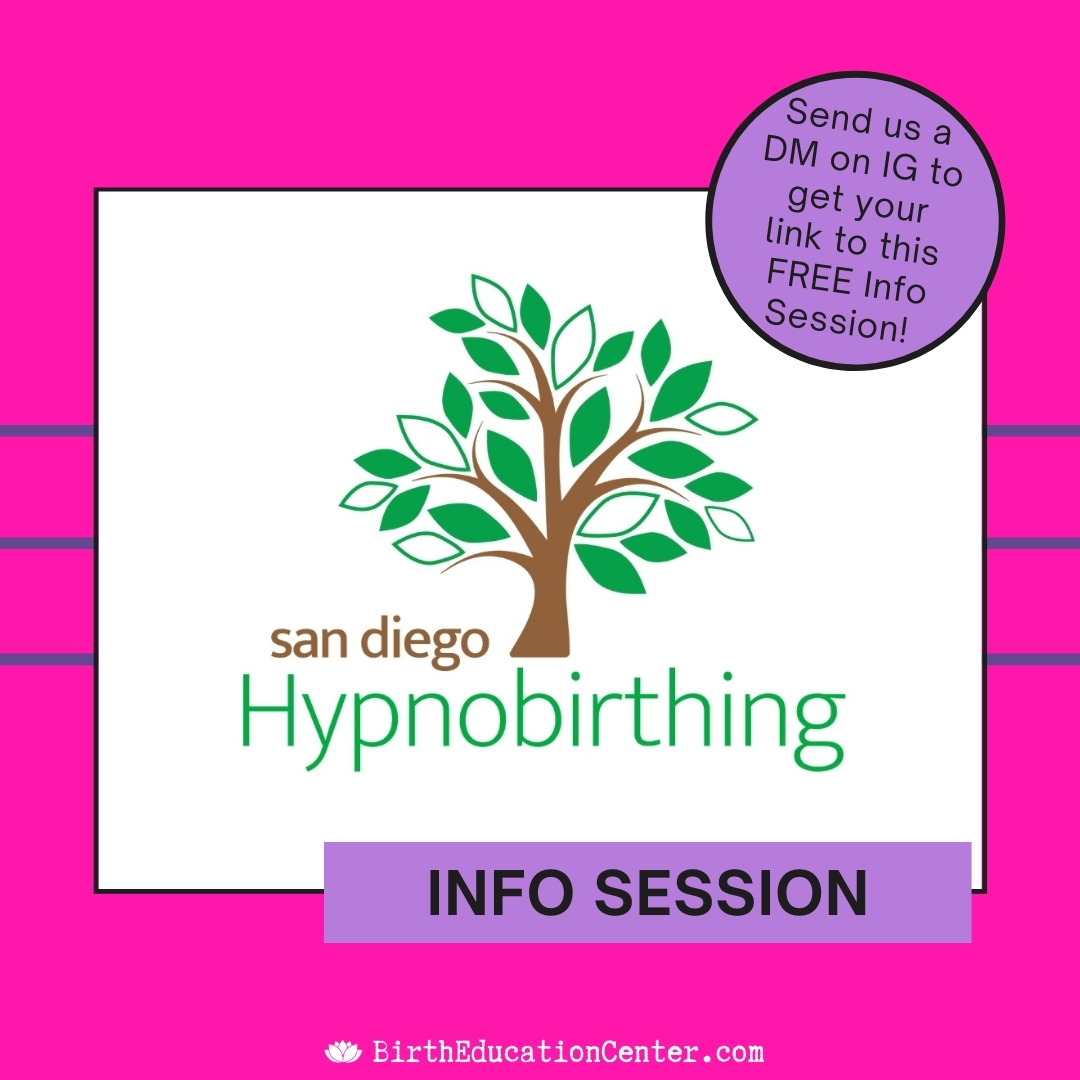Physiolgic Postpartum Care: Re-Membering Our Global Postpartum Tradition
 The original postpartum traditions throughout the world while specific to the cultural context in which they come—all share deep, common roots. Postpartum traditions all mandate: heat-inducing therapies; an extended resting period; specific foods that are warming in nature and easy to digest; and bodywork.
The original postpartum traditions throughout the world while specific to the cultural context in which they come—all share deep, common roots. Postpartum traditions all mandate: heat-inducing therapies; an extended resting period; specific foods that are warming in nature and easy to digest; and bodywork.
These commonalities of postpartum traditions throughout the world are not a coincidence—these traditions are rooted in our physiologic design.Our ancestors understood this design and their postpartum traditions were born from this understanding.
As humans, we have a physiologic blueprint that shows us how to optimally care for ourselves. My elders call this blueprint our ‘original instructions.’ Others know this blueprint as our ‘divine design.’ From birth all the way through death, most of us in the modern world have strayed far from our physiologic blueprint or ‘original instructions.’ Because of this, ill health abounds within our bodies and Planet.
When we pay attention to and follow what nature has so perfectly mapped out for us, we actually have an easeful, straightforward map to health.
‘Physiologic Birth’ is now widely understood in the birth community and defined as: “Birth that is powered by the innate human capacity of the woman and fetus. This birth is more likely to be safe and healthy because there is no unnecessary intervention that disrupts normal physiologic processes.”
The same phenomenon is true for the postpartum period. We have a PHYSIOLOGIC design of what our needs are postpartum in order for optimal results to be achieved. The optimal results in regards to the postpartum period, is not just the survival of Mother and baby—but it is the THRIVING of Mother and baby. We have been surviving as Mothers and babies in modern times—but on a whole we have not been thriving.
When we put ‘Physiologic Postpartum Care’ into practice, women are best able to care for their children and their families. When families are cared for and flourishing, so are our communities. When our communities are flourishing, so too is our world. Physiologic Postpartum Care is one of the most effective ways to properly care for the future generations.
In many of these ancient postpartum traditions it is said that: How women are cared for during the postpartum period will directly affect their health through menopause and beyond. This connection between postpartum and postmenopausal health can be found in a myriad of ways; one of them explained here by Doctor Deborah Lyon and the Global Library of Women’s Medicine:
A growing volume of literature on pelvic floor health implicates childbirth as the initiation of a whole host of conditions. These conditions include but are not limited to the following: stress urinary incontinence, incontinence of flatus or feces, uterine prolapse, cystocele (bladder prolapsing into vagina), and rectocele (rectum prolapsing into vagina). Many variables affect the duration and severity of these pelvic conditions, including the health of a woman’s vaginal tissues, the size of the infant she birthed, the route of delivery, and the degree of perineal trauma that occurs. However: Even when full recovery of pelvic floor integrity appears to be the case, menopause may elicit a return of many of these problems as the collagen support of estrogen is withdrawn.
What this means, is that the Estrogen levels we experience during our childbearing years may –mask—the symptoms of pelvic floor dysfunction, until we reach our menopausal years and estrogen levels drop. The pelvic symptoms that we then become aware of as we enter into menopause, have often actually been there since birthing our babies.
Postpartum pelvic work dissolves fascial restrictions within the pelvic musculature, as well as resolves scar tissue and adhesions. This pelvic work during the postpartum period assures women’s life-long sexual, urinary and bowel health. Pelvic floor work after birth also reestablishes synergy and vitality in the pelvic bowl, fortifying a woman’s root place. Of interest to note here: the French government currently covers the expense for each woman to have 10-20 pelvic physical therapy sessions after birth, known as ‘la reeducation perineale.’
The above examples are just one aspect of our pelvic health postpartum that needs tending. And pelvic health is just one aspect of a holistic-system of care that women need to be receiving in the postpartum period.
I believe that when we understand the physiology of the postpartum time and how it affects our life-long health as women—we as women, birth workers and health care professionals will make postpartum care a priority. When we truly understand something and its implications, we are more likely to value and take care of it.
The time is here for us to see postpartum care as a necessity and not a luxury. In the same way we want the best for our health when we are pregnant—we need to demand the same in the postpartum period. There is a cultural denial of self-care in our modern world and self-care truly is the way to respect and honor the tremendous work that is Mothering. Self-care during the postpartum period sets the stage for us to mother with dignity for the whole of our lives.
We women are the foundation, the Soul of the people—when we are thriving, our people thrive. I see us bringing together the wisdom of all our ancestors, carrying forth into the future those traditions that serve the highest good of life. May we begin by supporting the traditions that connect all of humanity: birth, as our rite of passage and postpartum, as our integration into a whole new life.
Mama/baby photos: Jade Beall




